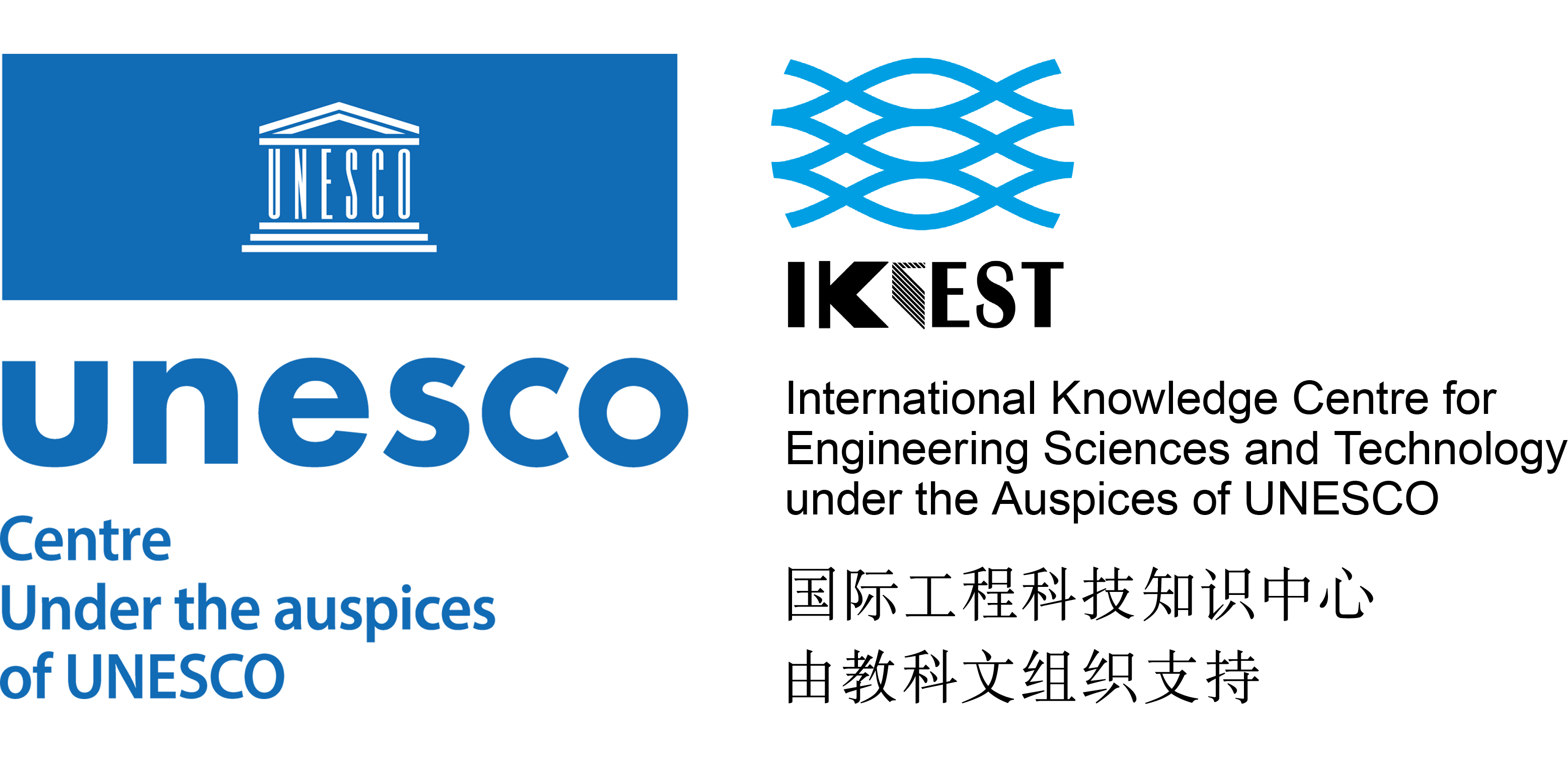ULTRASONICS SONOCHEMISTRY | Vol.14, Issue. | 2007-06-29 | Pages 7

Visible light induced sonophotocatalytic degradation of Reactive Red dye 198 using dye sensitized TiO2
In this paper we are reporting the accelerated sonophotocatalytic degradation of Reactive Red (RR) 198 dye under visible light using dye sensitized TiO2 activated by ultrasound. The effect of sonolysis, photocatalysis and sonophotocatalysis under visible light has been examined to study the influence on the degradation rates by varying the initial substrate concentration, pH and catalyst loading to ascertain the synergistic effect on the degradation techniques. Ultrasonic activation at 47 kHz contributes through cavitation leading to the splitting of H2O2 produced by both photocatalysis and sonolysis. This results in the formation of oxidative species, such as singlet oxygen (O-1(2)) and superoxide (O-2(-.)) radicals in the presence of oxygen. Sonication increases the amount of reactive radical species, inducing faster oxidation of the substrate and degradation of intermediates and also the deaggregation of the photocatalyst which are responsible for the observed synergy. Further, the photocatalytic activity of RR 198 dye sensitized TiO2 is demonstrated by the degradation of phenol under visible light and ultrasound. A comparative study using TiO2, Hombikat UV 100 and ZnO was also carried out. (c) 2006 Elsevier B.V. All rights reserved.
Original Text (This is the original text for your reference.)
Visible light induced sonophotocatalytic degradation of Reactive Red dye 198 using dye sensitized TiO2
In this paper we are reporting the accelerated sonophotocatalytic degradation of Reactive Red (RR) 198 dye under visible light using dye sensitized TiO2 activated by ultrasound. The effect of sonolysis, photocatalysis and sonophotocatalysis under visible light has been examined to study the influence on the degradation rates by varying the initial substrate concentration, pH and catalyst loading to ascertain the synergistic effect on the degradation techniques. Ultrasonic activation at 47 kHz contributes through cavitation leading to the splitting of H2O2 produced by both photocatalysis and sonolysis. This results in the formation of oxidative species, such as singlet oxygen (O-1(2)) and superoxide (O-2(-.)) radicals in the presence of oxygen. Sonication increases the amount of reactive radical species, inducing faster oxidation of the substrate and degradation of intermediates and also the deaggregation of the photocatalyst which are responsible for the observed synergy. Further, the photocatalytic activity of RR 198 dye sensitized TiO2 is demonstrated by the degradation of phenol under visible light and ultrasound. A comparative study using TiO2, Hombikat UV 100 and ZnO was also carried out. (c) 2006 Elsevier B.V. All rights reserved.
+More
Translate engine




Article's language
Action
Recommended articles
Report
Select your report category*
Reason*
New sign-in location:
Last sign-in location:
Last sign-in date:








 User Center
User Center My Training Class
My Training Class Feedback
Feedback







